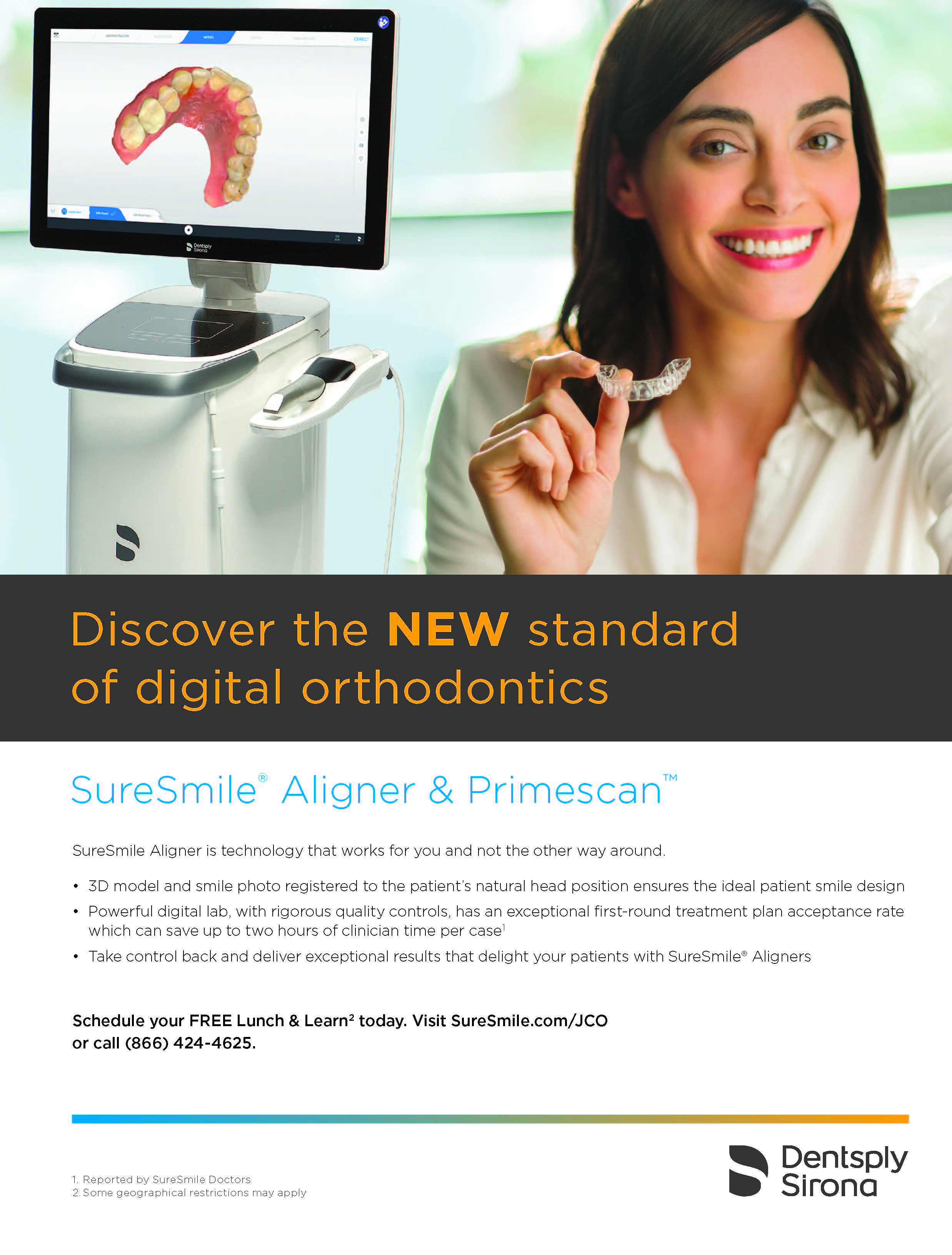Throughout the history of orthodontics, one of the most common complaints from patients is the duration of treatment—or to put it more simply, how long it takes. In a world where we expect almost immediate results from practically anything we do, from ordering pizza online to losing weight, patients or their parents are frequently shocked when we tell them treatment will take two to three years. Adult patients, with their busy lifestyles, are especially interested in shortening treatment.
It should go without saying that we cannot sacrifice quality of results to reduce treatment time. Over the years, I have done a fair amount of professional expert witness work, rendering my opinion as to the outcomes of orthodontic cases under malpractice litigation. A common finding in cases with poor clinical outcomes is that the orthodontist removed the appliances before the case was adequately finished. One case currently under my review was obviously debonded as soon as the front teeth were straight, with no attention paid to the functional occlusion. This was done simply to accommodate the patient’s desire to finish well ahead of the originally estimated treatment time. The doctor’s desire to please his patient turned out to be a recipe for disaster.
In recent years, considerable research has been devoted to potential methods of reducing treatment time without compromising results. I summarized these efforts in our April 2014 Editor’s Corner, and again in May 2016. As I noted in the latter article, “available acceleration techniques could be divided into three broad categories: surgical procedures such as degloving, corticotomy, or cortical perforation; vibratory microtrauma, in which the patient bites down on a wafer that is vibrated at a high frequency, causing the teeth to jiggle rapidly in their sockets—not unlike paint in the shakers found at hardware stores; and irradiation of the teeth and periodontal tissues with various wavelengths of electromagnetic radiation, including visible or infrared light delivered by either conventional light sources or lasers.” My conclusion at the time: “Emerging from the pack are the devices employing photobiomodulation (PBM), a low-level light therapy used in medicine and surgery to promote bone and soft-tissue healing.” This was based on a case presented by Drs. Kenji Ojima, Chisato Dan, Yuriko Kumagai, and Werner Schupp, in which PBM was used with Invisalign to treat a high-angle anterior open bite in only six months. Since then, interest in PBM as a means of reducing treatment time has continued to increase.
Similar articles from the archive:
- THE EDITOR'S CORNER Acceleration Update May 2016
- THE EDITOR'S CORNER Accelerating Tooth Movement April 2014
- THE EDITOR'S CORNER Managing Orthodontic Pain December 2004
As more and more practitioners have begun to employ this modality, they have observed another possible effect of PBM: a reduction in orthodontic-related pain. In the current issue of JCO, an international team of authors provides one of the most thorough research papers on PBM and pain perception to date. Drs. Nour Al-Okla and Donald Ferguson of Dubai, Dana Bader and Anas Al-Mulla of Saudi Arabia, and Tim Shaughnessy of the United States present the results of a well-designed double-blind, sham-controlled, randomized clinical trial conducted at European University College in Dubai. Although previous authors have examined the effects of low-level laser therapy on dental pain with promising results, as Dr. Al-Okla’s group points out, “these studies have utilized dental separators or provided light therapy only through the use of handheld lasers, requiring patients to come into the clinic for treatment. Moreover, the comparability of results has been limited by substantial variations in dosage, type of light application, and method of light delivery.” The present study was designed to eliminate such limitations. The authors are to be commended on their scientific rigor in producing an article that will certainly impact the specialty’s acceptance of PBM as a viable treatment modality. It also makes for most interesting reading.
RGK



COMMENTS
.